

Bakery Machine Good Price Prices Automatic Hydraulic Bread Dough Dividing Machine Divider Commercial

Automatic Dough Divider And Rounder MP45 Electric Commercial Industrial Fully Automatic PIzza Bread Dough Divider Rounder Momo Making Machine Dough Ball Maker


Dough Sheeter Laminator Dough Flatter Sheeter High Quality Electric Power 220v Pizza Table Top Roller Length 40cm Dough Sheeter


Laminadora De Masa Somerset Croissant Part Price Dough Roller Sheeter


Fully Automatic Mexican Cake Machine Corn Cake Machine Assembly Line Machinery


Dough Divider Rounder MP45/2 Commercial Industrial Automatic Manual Pizza Bread Dough Divider Rounder Steamed Bread Dough Ball Making Machine For Sale

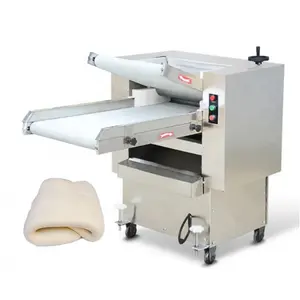
JUYOU laminadora de masa somerset croissant part price dough roller sheeter

KAINO Portable Commercial Electric Reversible Folding Desktop Tabletop Machine Table Top Dough Sheeter for Croissant Pizza
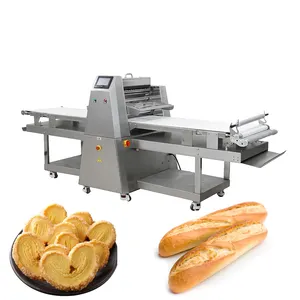
630mm width belt Commercial Bread Baking Equipment Full Automatic pizza dough rolling machine Croissant Dough Sheeter

Top quality Factory price reversible portable dough sheeter for making croissant

table top dough sheeter croissant dough sheeter pizza dough sheeter

Top 1 Table Top Commercial Stainless Steel Roller Machine Continuous Croissant Dough Sheeter for Bakery

Commercial Croissant Dough Sheeter Machine Bakery Dough Sheeter Table Top Mini Dough Sheeter
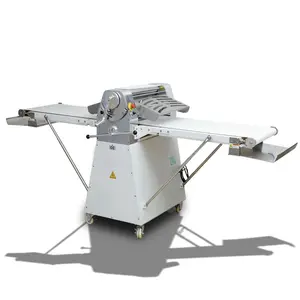
Electric Stainless Steel Industrial Automatic Croissant Machine Folding Rollmatic Dough Sheeter For Bakery

Premium Laminadora De Masas Pastry Food Pizza Bread Croissant Dough Sheeter For Bakery Commercial Manual Stand Dough Sheeter
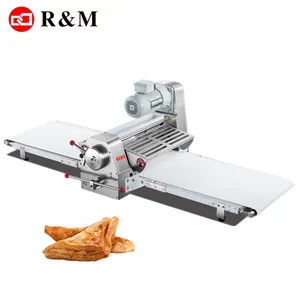
2020 croissant tabletop counter New arrival bakery table top dough sheeter roller machine turkey,table top dough roller sheeter

Bakery Reversible Stainless Steel Pizza Dough Sheeter Machine Automatic Croissant Dough Sheeter Dough Sheeter Price

Commercial Dough sheet Press dough sheeter for croissants

12 inch Manual Pastry Sheeter, Table Top Dough Sheeter Machine Pizza Croissant Thickness 1-17.5mm Silver Steel Bakery Machine

Bakery equipment automatic laminadora de masa hojaldre croissant dough sheeter for baklava phyllo dough machine

cheap reversible dough sheeter in China for croissant

Professional commercial pastry machine croissant croissant egg yolk cake dough sheeter

Hot Sale Croissant Dough Sheeter For Pastry Pizza Pastaline Sfogliafacile Made In Italy

Hot sale Croissant Dough Sheeter for pastry pizza Pastaline Sfogliafacile Made in Italy

Mini Automatic Croissant Dough Sheeter for Home Use Dough Kneading Pizza Press Roller Machine 220v/50hz 0.55kw/h CE

hot sale croissant dough sheeter for pastry

Commercial Floor Typed Manual Pastry Sheeter Machine Bakery Croissant Dough Sheeter Price
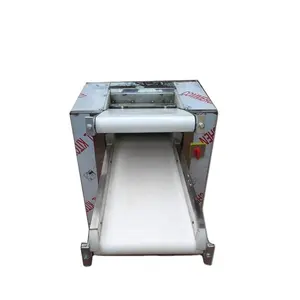
Croissant machine dough sheeter for home use small dough sheeter machine table top dough sheeter machine
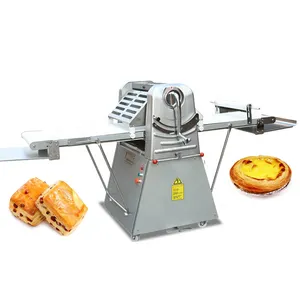
Low price small automatic bakery croissant puff pastry dough sheeter

Bakery Machine European Style Stainless Steel Croissant Dough Pastry Sheeter
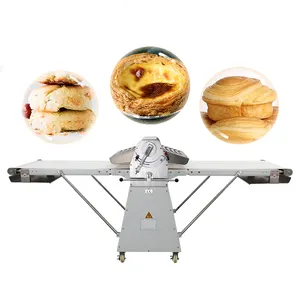
Electric Tabletop Roller Pizza Dough Sheeter Baking Equipment Stand Roller Dough Sheeter Stainless Steel Croissant Dough Sheeter

Yoslon YSN-520L Commercial, Automatic Bread Baking Equipment Croissant Dough Sheeter/
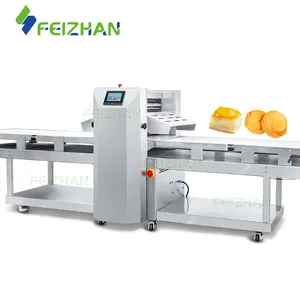
FEIZHAN FZ-650ZA Industrial Automatic Mille-feuille Croissant Bread Dough Sheeter For Bakery Factory

Semi Auto Commercial Tabletop Bread Croissant Dough Roller Puff Shortening Machine Pastry Dough Sheeter For Home Restaurant Use

640mm Table Top Commercial Baking Equipment Automatic Pastry Croissant Dough Sheeter

Hot Sale Electric Croissant Dough Sheeter for Bakery Use for Pastry Dough Fruit 220V New Used Condition Core Components Included

630mm width belt Commercial Bread Baking Equipment Full Automatic pizza dough rolling machine Croissant Dough Sheeter

Table Top Automatic Electric Croissant Dough Sheeter Dough Roller Machine Pizza Dough Sheeter For Bakery Equipment

Commercial Pastry Food Pizza Noodles Dough Sheeter Machine/Croissant Production Line Snack Making Bakery Machine Dough Sheeter



































 浙公网安备 33010002000092号
浙公网安备 33010002000092号 浙B2-20120091-4
浙B2-20120091-4